Winter in North Iceland is a magical time, offering a unique blend of natural beauty and thrilling activities. Whether you're an adventure seeker or someone who enjoys serene landscapes, North Iceland has something for everyone. Here are some top experiences you shouldn't miss:
1. Chasing the Northern Lights
One of the most awe-inspiring experiences in North Iceland is witnessing the Northern Lights. From late August to mid-April, the skies come alive with dancing lights in shades of green, white, and red. For the best views, consider joining a guided Northern Lights tour that often includes visits to geothermal baths or evening boat trips.
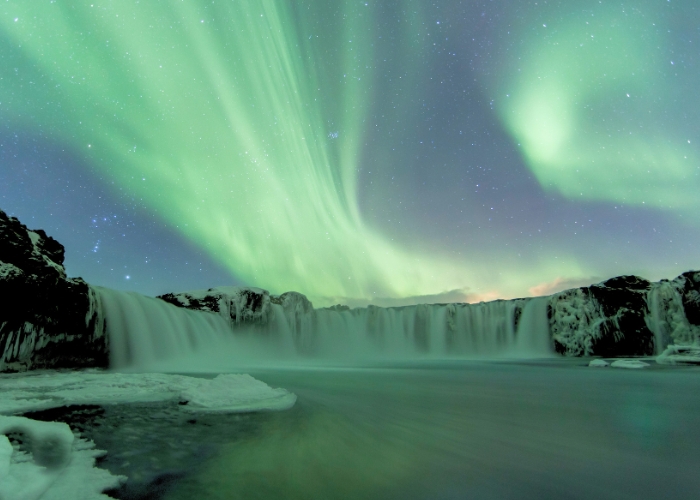
2. Skiing and Snowboarding
North Iceland has several well-equipped ski resorts with flood-lit slopes, making it an ideal destination for skiing and snowboarding enthusiasts. The resorts have something for all skill levels and offer ski rentals, so you won’t need to bring your gear with you.
3. Snowmobiling Tours
For those seeking a bit more excitement, snowmobiling tours are perfect. Experience the thrill of boundless freedom as you carve through the untouched Arctic landscape on your snowmobile. It's a thrilling way to experience the winter wonderland of North Iceland.
4. Whale Watching
Winter is also a great time for whale watching in North Iceland. The cold waters are home to various species of whales, and you can join a boat tour to see these magnificent creatures up close. The tours often provide warm overalls to keep you comfortable during the trip.
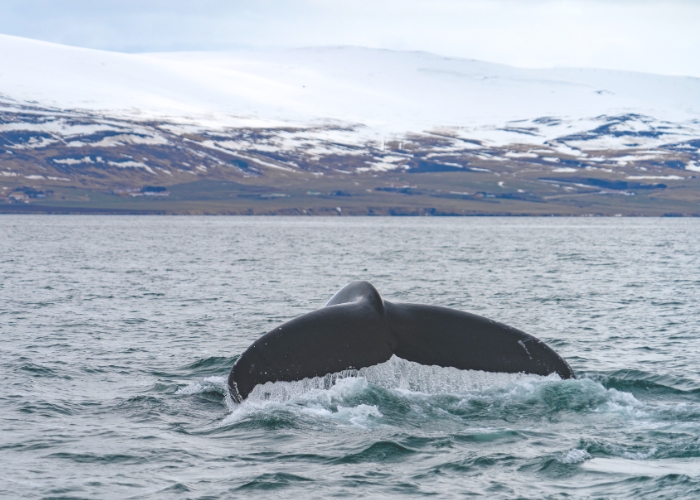
5. Dog Sledding
Experience the thrill of dog sledding, where you can guide a team of huskies through the snowy terrain. This unique activity is not only exciting but also offers a chance to bond with these incredible animals. It's an adventure that will leave you with unforgettable memories.
6. Visit an Ice Cave inside a Lava Cave
Visiting Lofthellir Ice Cave in Iceland is an extraordinary adventure. Situated in the Mývatn region, this permafrost lava cave is known for its impressive ice sculptures, some of which date back hundreds of years. The adventure starts with a bumpy drive across rugged lava fields, followed by a brief hike to the cave's entrance.
7. Relaxing in Geothermal Baths
After a day of adventure, there's nothing better than soaking in a geothermal bath. North Iceland has several hot springs and geothermal pools where you can relax and warm up. The contrast of the hot water against the cold winter air is truly rejuvenating.
Around Mývatn you can visit the milky blue Mývatn Nature Baths, surrounded by lunar landscape.
In Húsavík you can relax at GeoSea, geothermal sea baths with infinite view over Skjálfandi Bay.
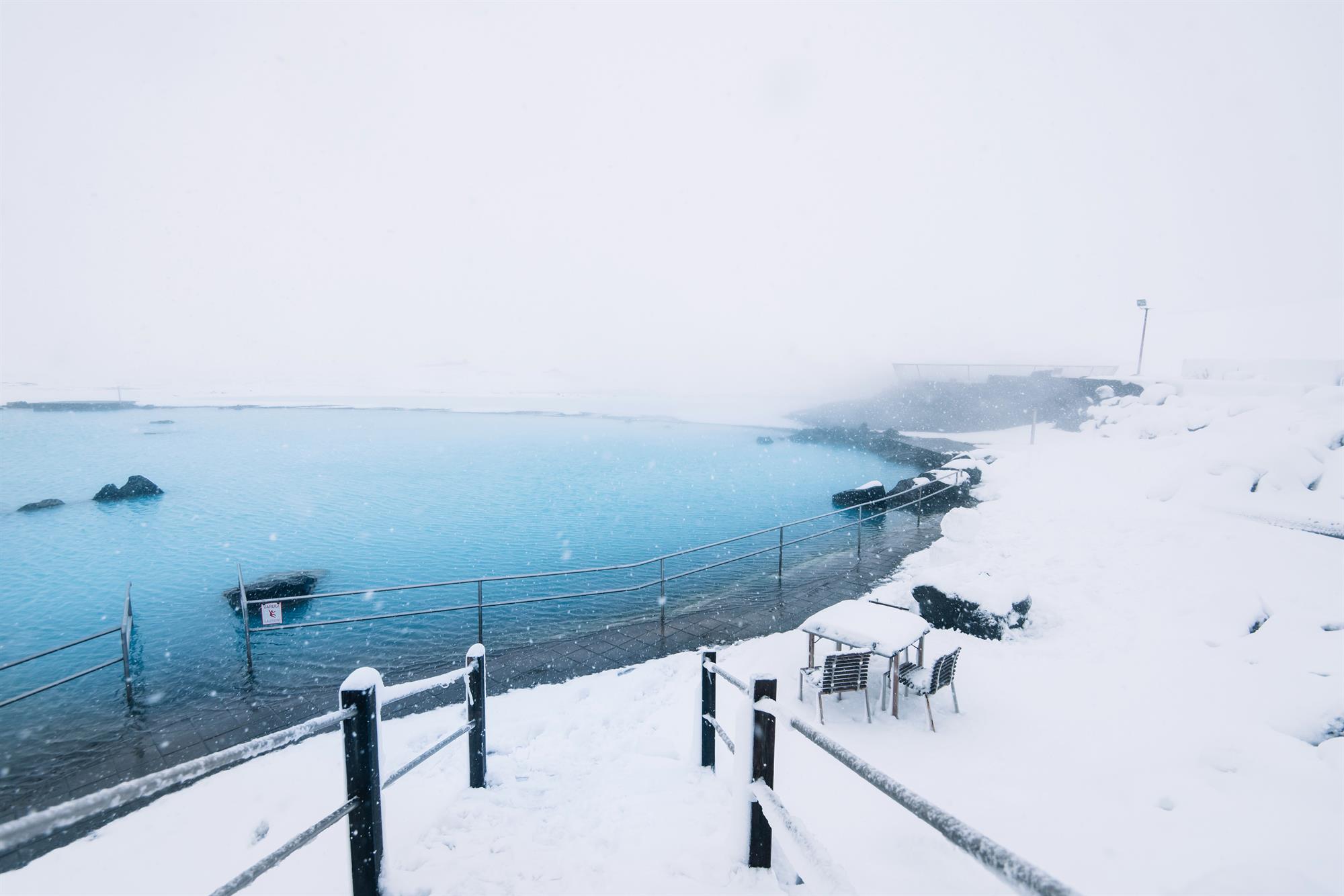
8. Visit Hverir Geothermal Area
Beyond Námaskarð pass lies Hverir, a geothermal field with mud pools, fumaroles, steam vents, and striking reddish landscapes. The strong sulphur smell, like rotten eggs, adds to the experience. Hiking Námafjall feels like stepping onto another planet, with its Mars-like scenery—if it wasn’t for the other tourists.
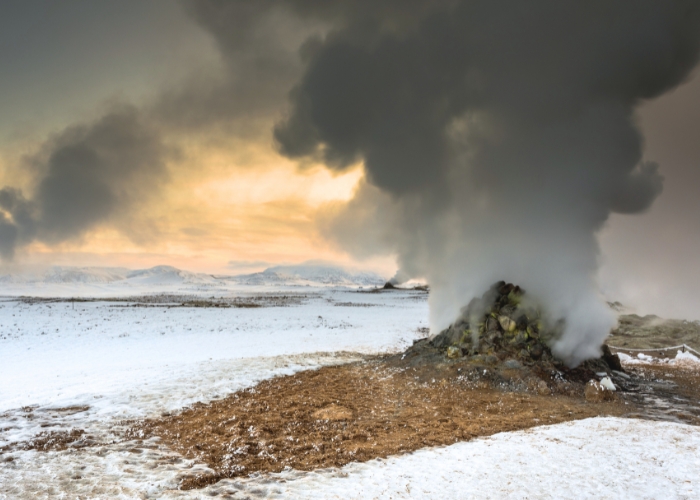
9. Exploring Waterfalls
North Iceland is home to some of the most beautiful waterfalls, which become even more enchanting in winter. Godafoss, also known as the "Waterfall of the Gods," is a must-visit. The partially frozen falls surrounded by snow create a magical scene.
For a stress-free adventure join a guided tour that includes Goðafoss, relaxing in the Forest Lagoon, and Northern Lights Hunting.
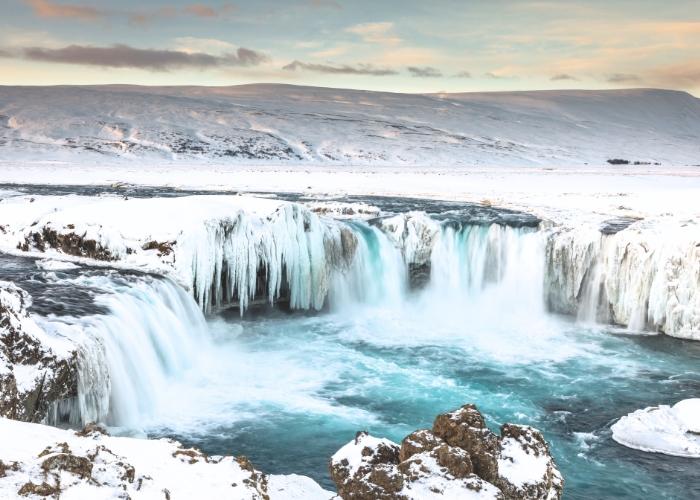
10. Cultural Experiences
Don't miss the chance to immerse yourself in Icelandic culture. Visit local museums, enjoy traditional Icelandic cuisine, and learn about the region's history and folklore. Explore the charming town of Akureyri, known as the "Capital of North Iceland," where you can visit the Akureyri Art Museum and the Akureyri Botanical Garden. Head to Siglufjörður to discover the Herring Era Museum, which offers a fascinating glimpse into the town's fishing heritage. In Húsavík, often called the "Whale Watching Capital of Iceland," you can visit the Húsavík Whale Museum.
Planning a trip to North Iceland? Explore our Around Akureyri packages! Choose from our 4-day or 5-day options to experience the best of Akureyri and its stunning surroundings.